If you believed Navi Mumbai is all about brand new, the folks at RaahGeer Citywalks say, give it a rethink
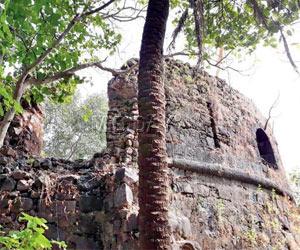
If you believed Navi Mumbai is all about brand new, the folks at RaahGeer Citywalks say, give it a rethink. Known for their off-the-beaten track trails and walks across the city, this time, they are set to explore the lesser-seen side to Mumbai's satellite city. "A good friend, architect Ritu Deshmukh, encouraged me to explore Navi Mumbai, going beyond its image of an urban, planned city that took shape in 1971," says Deepa Nandi of RaahGeer. Along with third year architecture students of Bharti Vidyapeeth, Kharghar, the group stumbled on engaging information from local residents, and included it in their research.
ADVERTISEMENT
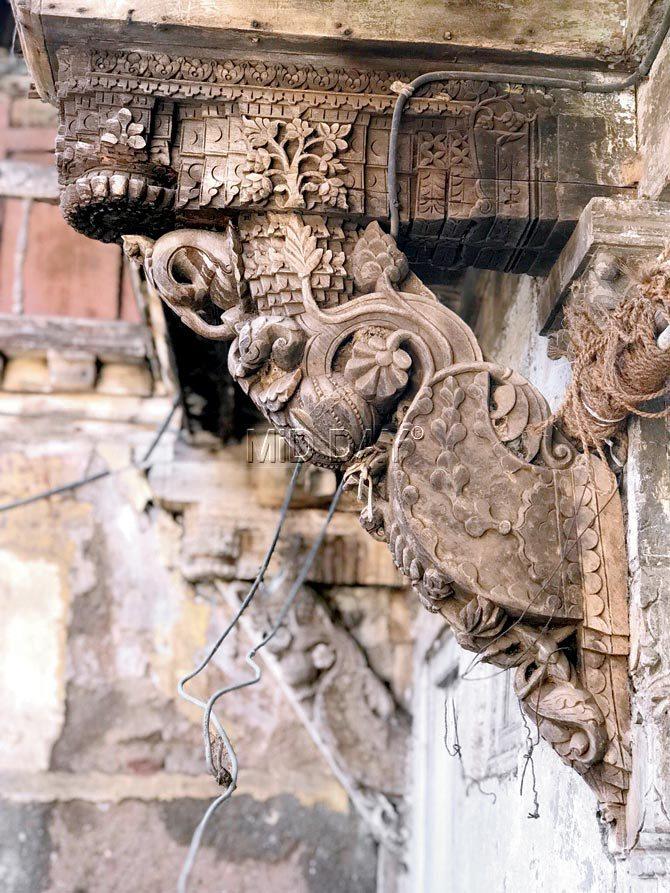
Detail of a bracket inside Bapatwada Pics/Deepa Nandi Bharti Vidyapeeth, Kharghar
Here's a sneak peek into what to expect at the walk: Place with many names: Panvel was called Pavanpalli when the Naag dynasty ruled the area; other documented names include Paanvel and Parnavel. During the Yadava rule, it was an important port and commercial centre. Panyavela was another name it earned ('panya': to sell, 'vela': coast or the point where the water rises during high tide). This later became Panvel. The area was also a major rice-selling market.
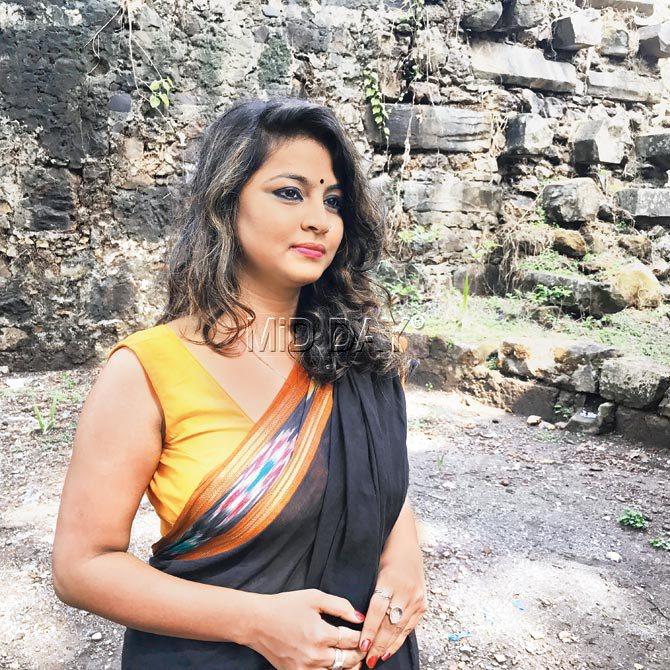
Deepa Nandi
Links with Ashoka: Panvel was ruled by many dynasties including Emperor Ashoka, who brought Buddhism to the region; other dynasties included the Satvahanas, Chalukyas, Rasthrakutas, Yadavas, Bahamanis, Siddhis, Nizams, Portuguese, Marathas and the British.
Bapatwada: It was built by Balkrishna Bapat who arrived in Panvel from Guhagar in 1720. Bapat was an officer in the Peshwa kingdom, and built the wada in 1720 for staff and officers who came from across the kingdom. Gopal Kala has been celebrated in the wada for 282 years. At one time, it housed 125 families; today, only few tenants remain, as the possibility of redevelopment looms large.
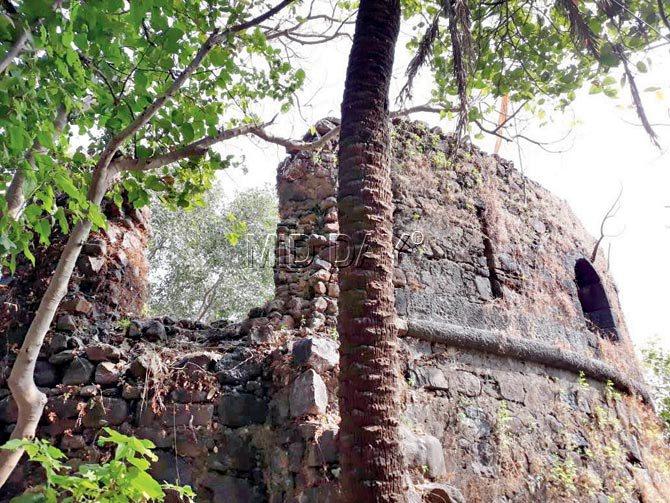
Belapur fort
Banthia House: The Banthia family worked for Maharana Pratap Singh nearly 500 years ago in Jodhpur. They distributed salaries to the soldiers of the Maharana's army, and earned the surname Banthia.
Marijuana hub: Panvel was a major hub for ganja (marijuana) trade. After the ban on marijuana, the tobacco industry grew in importance.
On : November 25, 10 am
Email : relations@raahgeercitywalks.com
Call : 9619438214
Also view - Photos: 10 best places to spot Bollywood celebrities in Mumbai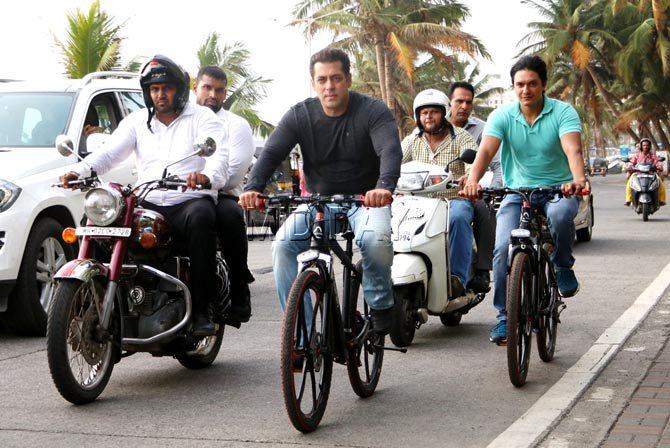
 Subscribe today by clicking the link and stay updated with the latest news!" Click here!
Subscribe today by clicking the link and stay updated with the latest news!" Click here!






